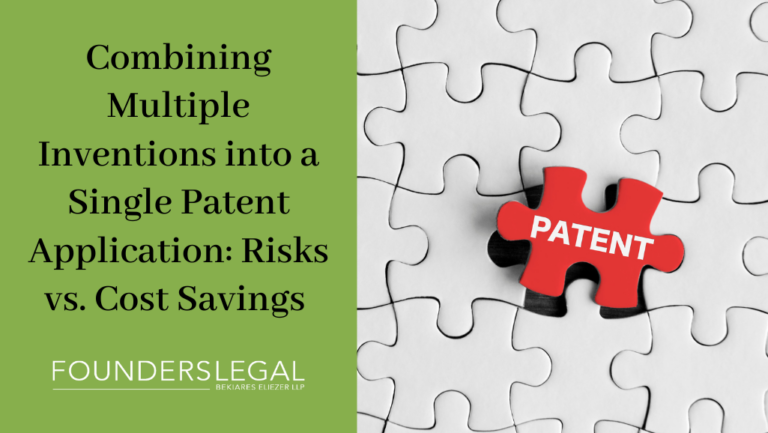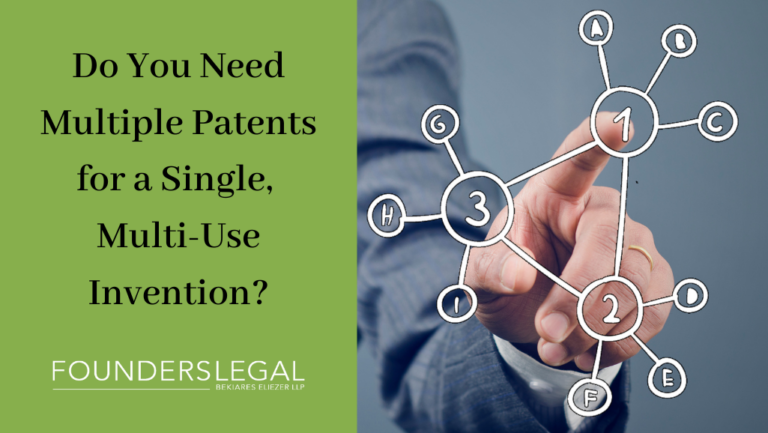USPTO’s Semiconductor Technology Pilot Program
The USPTO’s Semiconductor Technology Pilot Program (STPP), announced on November 30, 2023, represents a significant initiative to boost innovation in semiconductor manufacturing. This program, supporting the CHIPS for America program, aims to expedite the patent examination process for specific semiconductor innovations.









